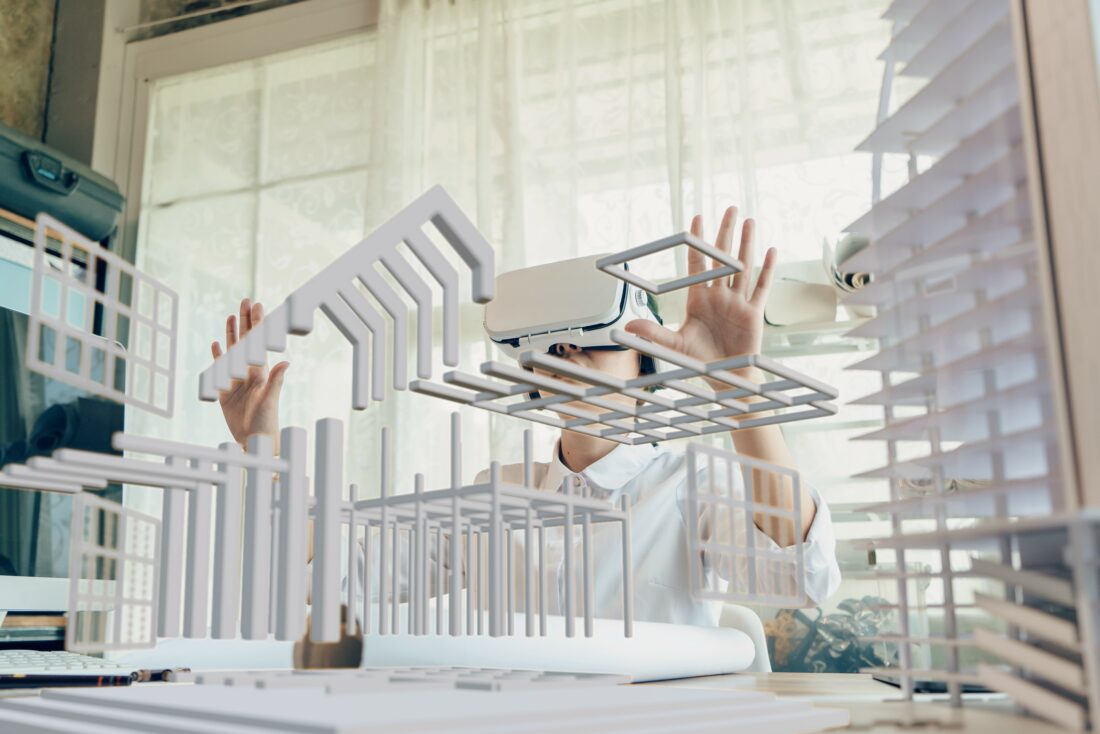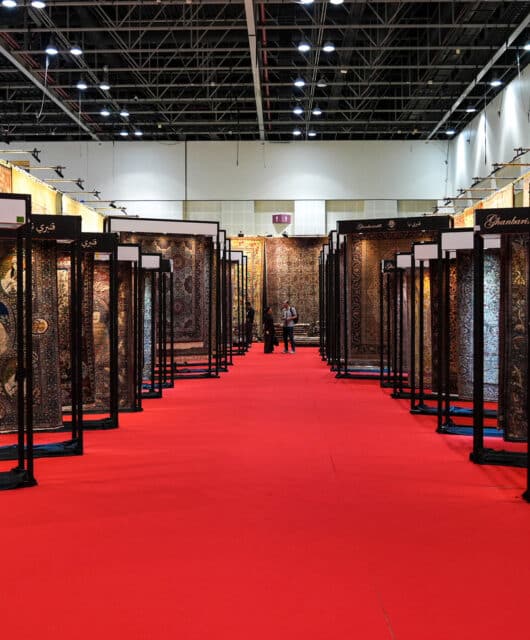 Horton Interiors managing director Douglas Drummond, discusses how the interior design industry is eagerly embracing artificial intelligence
Horton Interiors managing director Douglas Drummond, discusses how the interior design industry is eagerly embracing artificial intelligence
The rise of artificial intelligence (AI) has been rapid over recent years, with different sectors finding new ways to harness its power. Interior design is one such industry that has embraced this new technology with open arms. Designers are already using it in numerous ways, and with the sector’s rapid growth, we can expect to see even more innovative methods emerge soon. If AI isn’t part of your current setup, it should be, especially to enhance the creative process during the early stages.
How is it being used?
When it’s incorporated into workflows, AI has the potential to revolutionise the experience for clients and design firms alike. By being able to process lots of data at once, AI can streamline a lot of the time-consuming tasks that often cause delays. Take Space Planner AI, for example. This type of technology was initially developed for the master planning of large-scale urban and suburban areas. However, we expect it or similar software to be increasingly used for generating commercial space plans. It would help architects and interior designers optimise the use of a space and create efficient, functional work environments by analysing factors such as lighting, ventilation, noise levels, and occupancy engagement. Additionally, the software could generate multiple design scenarios to compare and evaluate, enabling designers to make data-driven decisions about their layouts.
Digging a little deeper, we’re also seeing an increase in AI that can generate intricate design visualisations concepts. Morpholio has disrupted the industry, catching the attention of the mainstream media thanks to its genius ability to read mood boards and other user data, then provide visuals to match. Based on a single image, it can identify the dominant colour and then recommend textures, colours and patterns to complement the space. As Morpholio contains machine-learned tech, it will eventually understand the user’s preferences over time.
Midjourney can take concept visuals to the next stage and create highly detailed images and immersive 3D visualisations. It doesn’t even need an image to work with – you can simply type in your request and it will generate options. Users can then tweak the images and renders until they fit a certain brief for a client. There’s no need for expensive 3D-rendering software and hours spent manually honing each image, which can be unnecessary in the initial concept phase.
In short, designers can work smarter, not harder, in the early stages of a project.
The risks of over-reliance
There’s a common misconception that AI will replace human activities in many industries. Although the above examples offer some ground-breaking benefits, they’re only as good as the data they rely on. With this said, interior designers should proceed with caution when it comes to AI as it’s not without its faults.
Firstly, AI can – and does – get things wrong. It’s trained on inputted information, sometimes resulting in errors. Further investigation and research should always be conducted to make sure that due diligence has been applied. After all, it’s the interior designer and not the software creator that will be liable for any mistakes.
There are constraints in terms of creativity. Algorithms are designed to analyse data and make predictions. While this can be useful for generating initial design options or optimising layouts, AI will not always be able to understand client preferences without proper guidance, nor will it necessarily understand the nuances of context or the cultural and historical significance of spaces. Ultimately, AI is a tool to add value, not a replacement for professional expertise.
It’s also worth noting that the costs of AI tools are expected to rise further, pricing out smaller design firms or independents. If you’re building an entire business on AI and its price suddenly skyrockets, or the tools you use move to more expensive tiers, you could find yourself in a difficult financial situation.
From an ethical standpoint, we should be aware that AI algorithms may perpetuate existing social and cultural biases in design, and we must work actively to mitigate them.

Getting the balance right
AI is here to stay and will become even more ingrained in the industry over time. Rapid concept generation and prototyping with AI can currently significantly increase efficiency. Multiple designs can be created and presented to clients in order for decisions to be made quickly and projects to move forward more quickly. Furthermore, gathering relevant data from a variety of sources, such as previous projects and industry reports, can add value in areas such as sustainability and wellness.
Used correctly, AI has the potential to elevate offerings in the commercial interior design industry. It will never be able to replace the human touch or a designer’s keen eye for detail, but it can certainly broaden opportunities, provide a new type of creativity, and provide a more cost-effective service.







